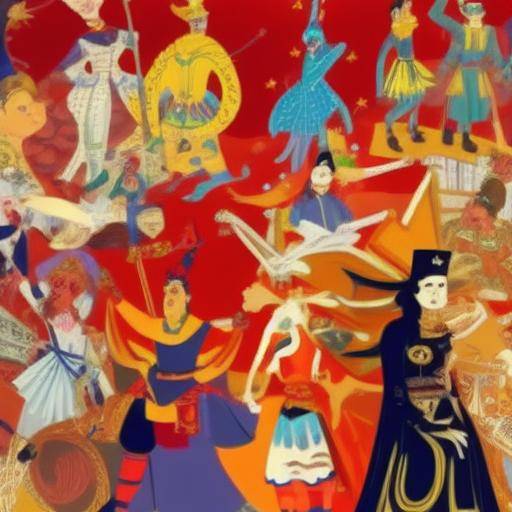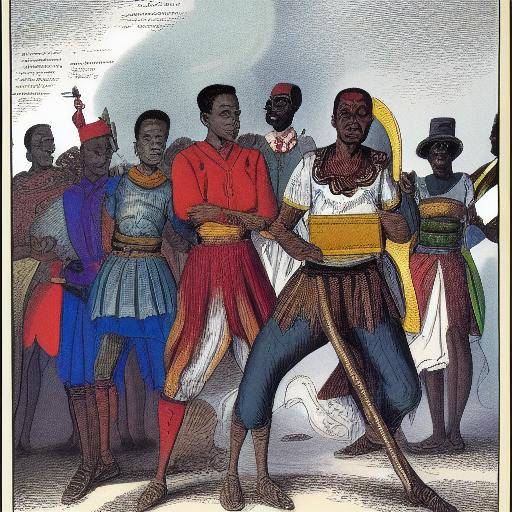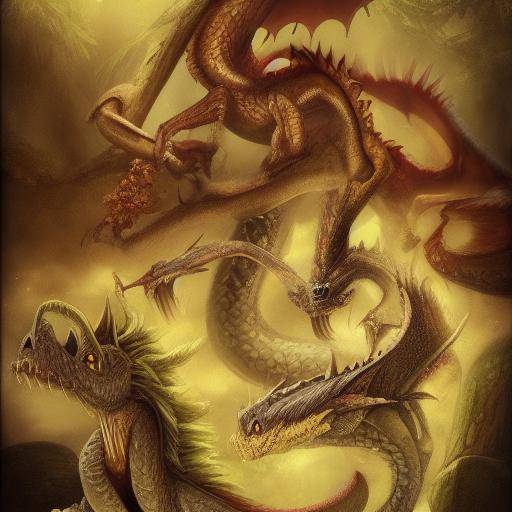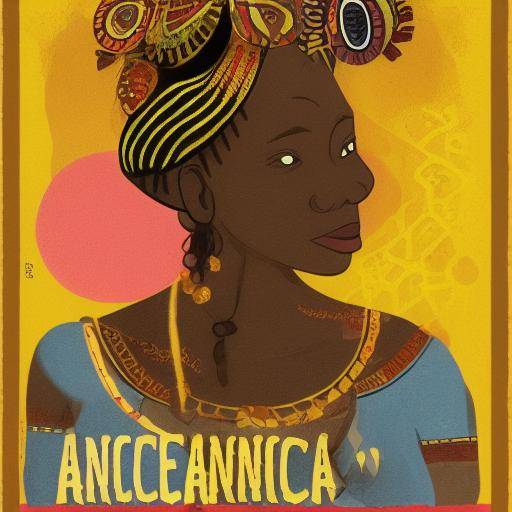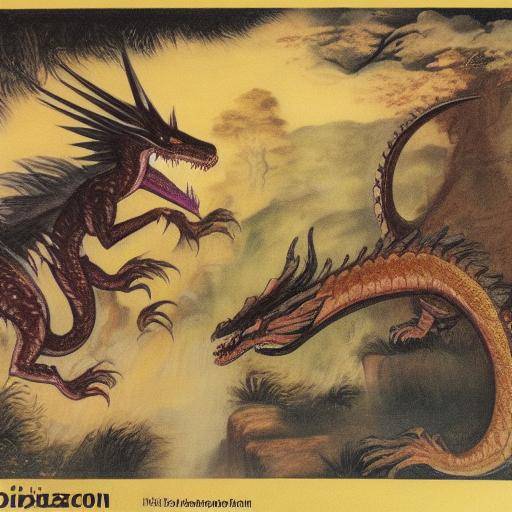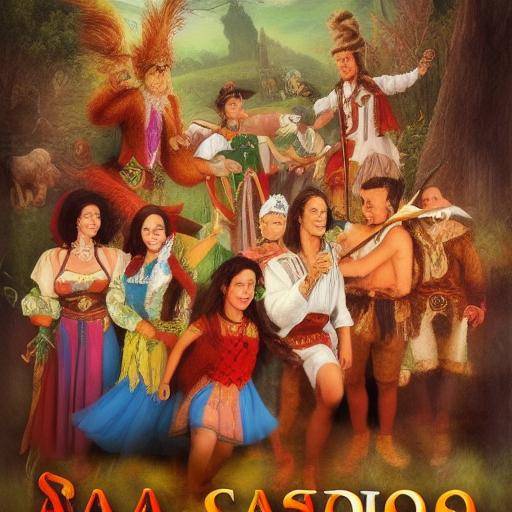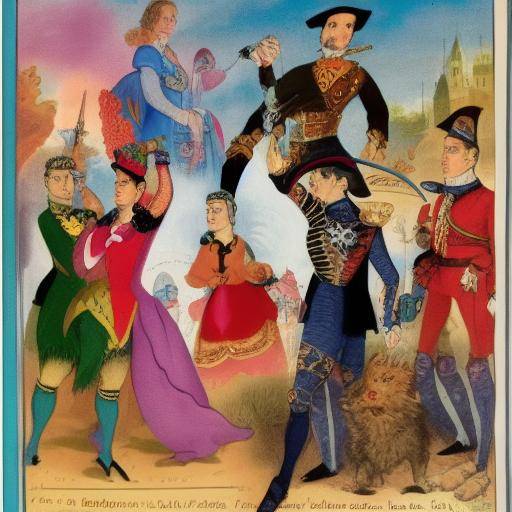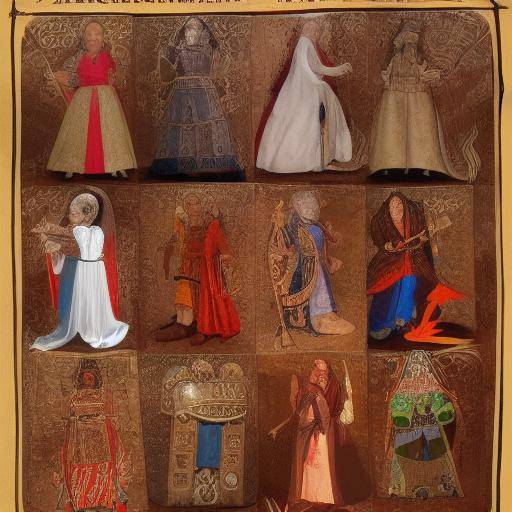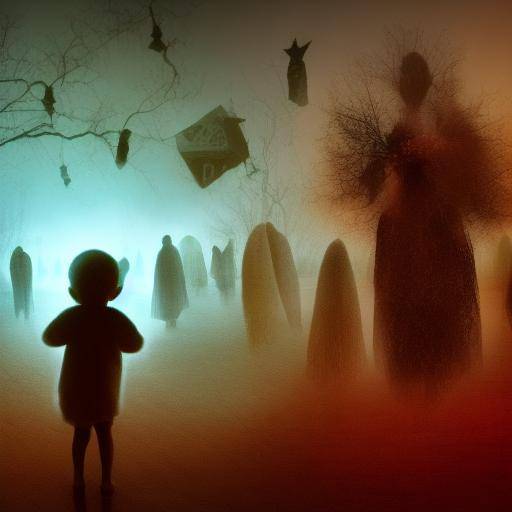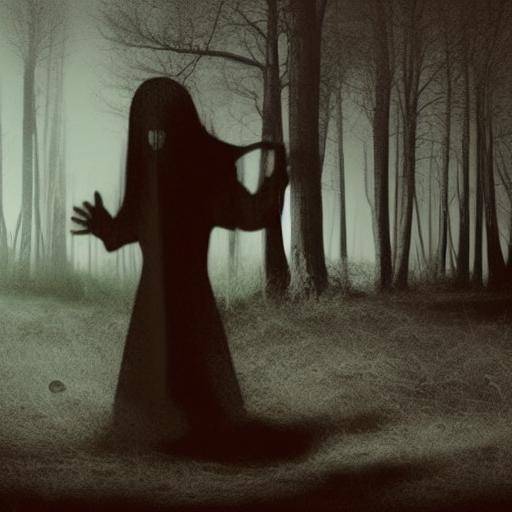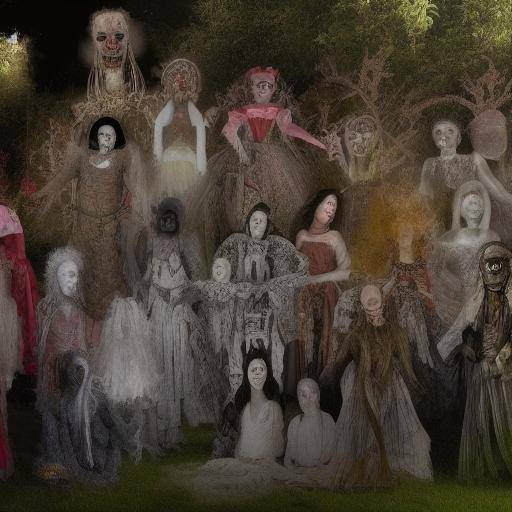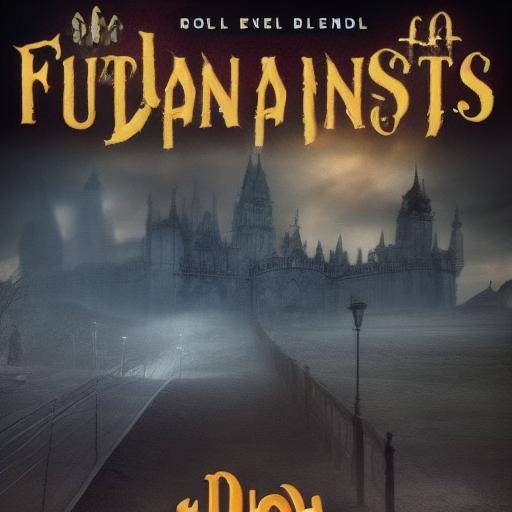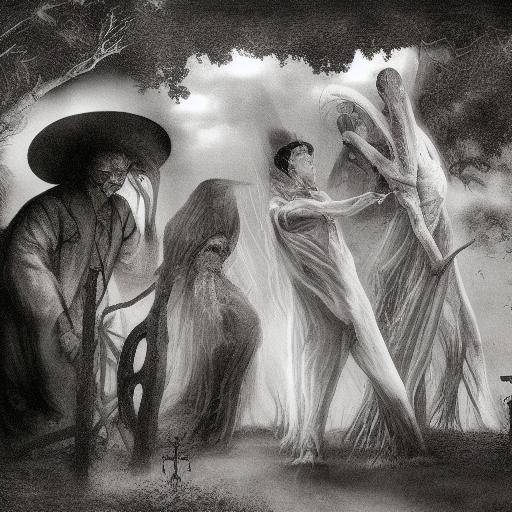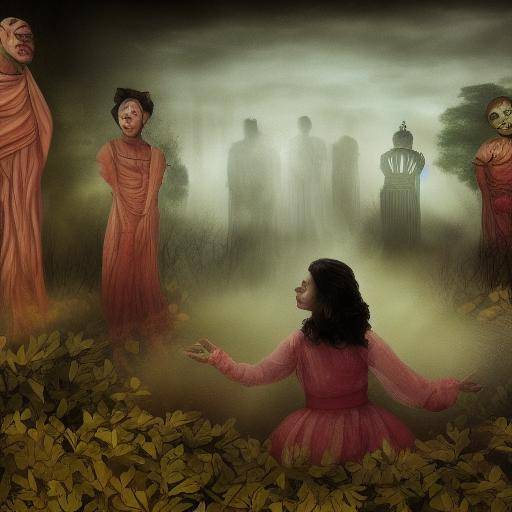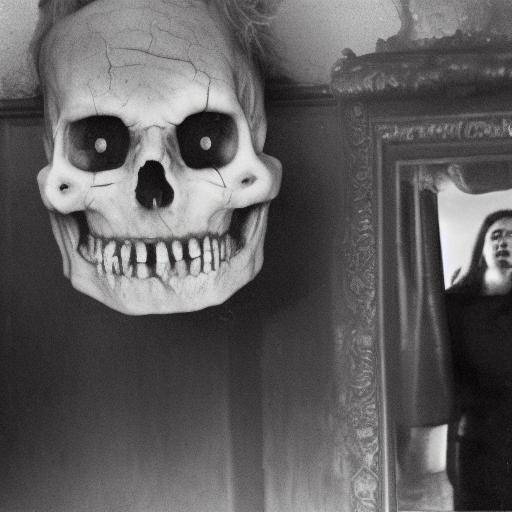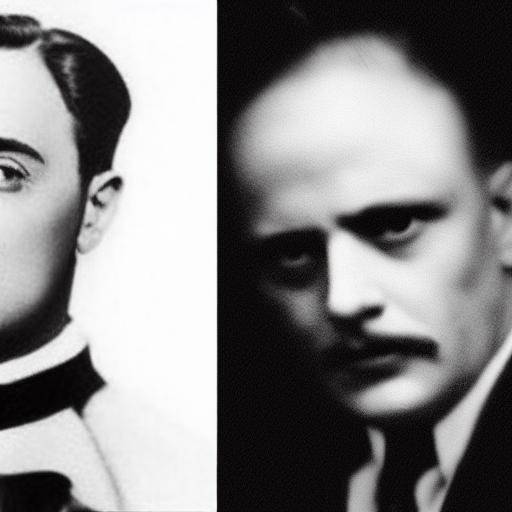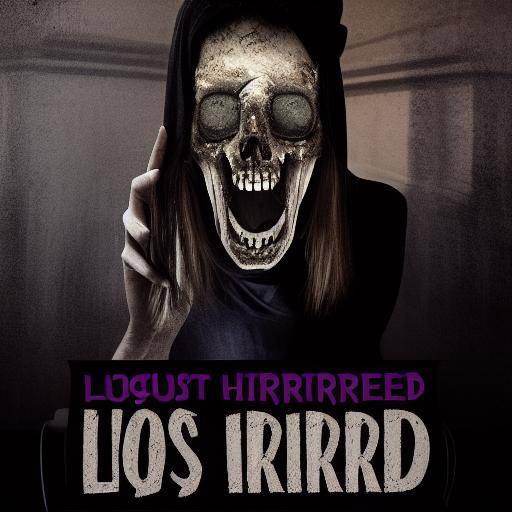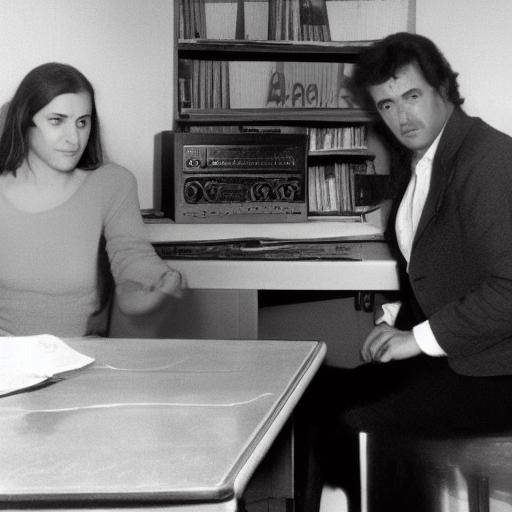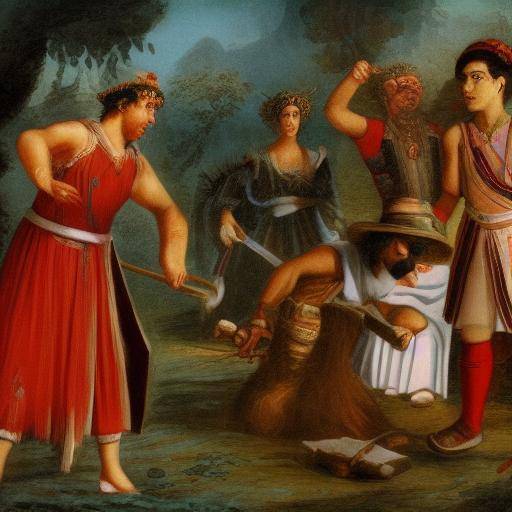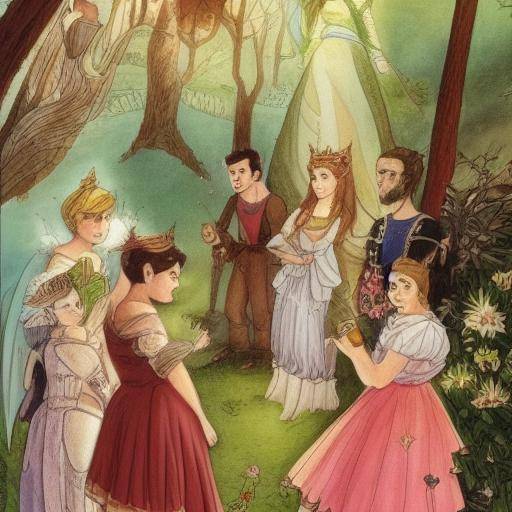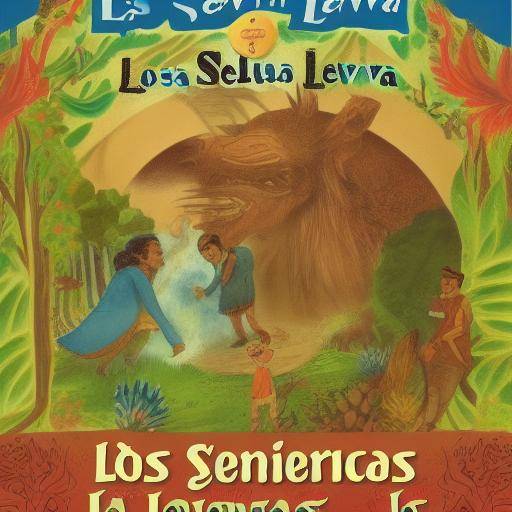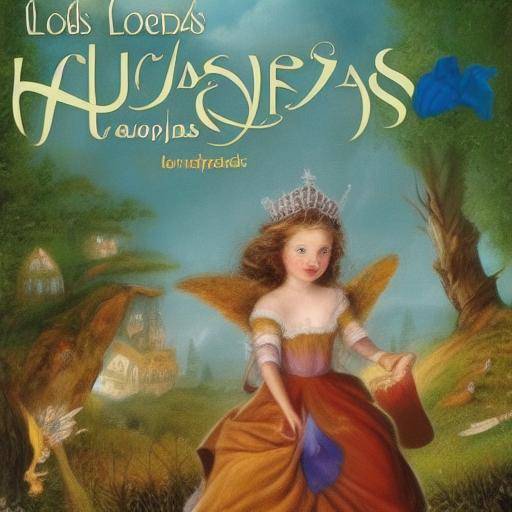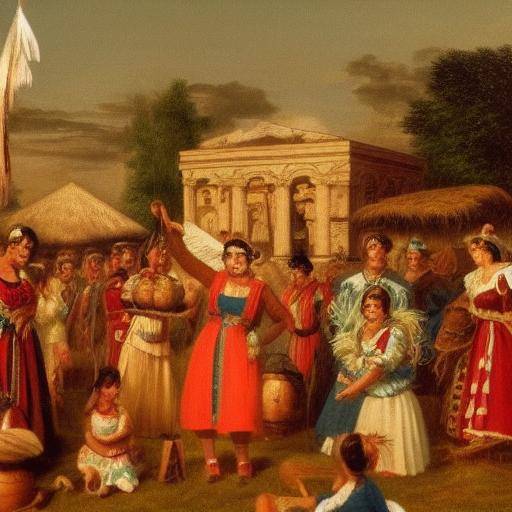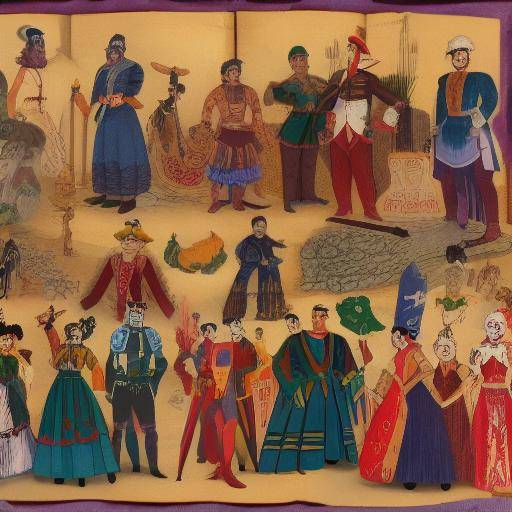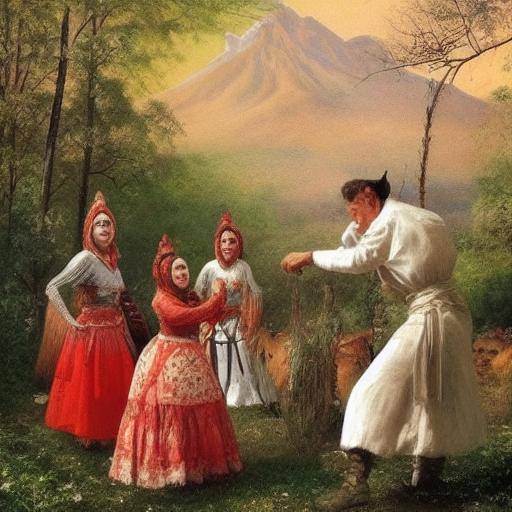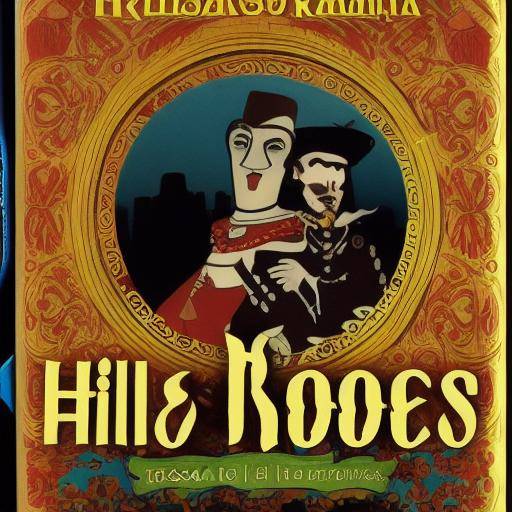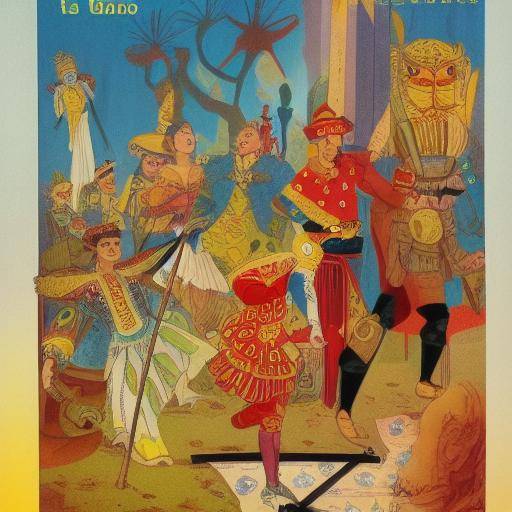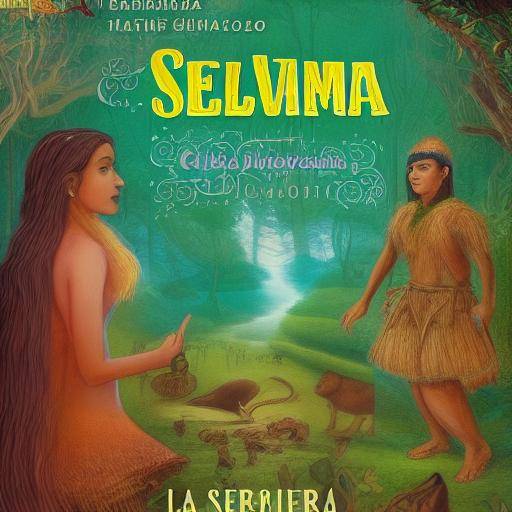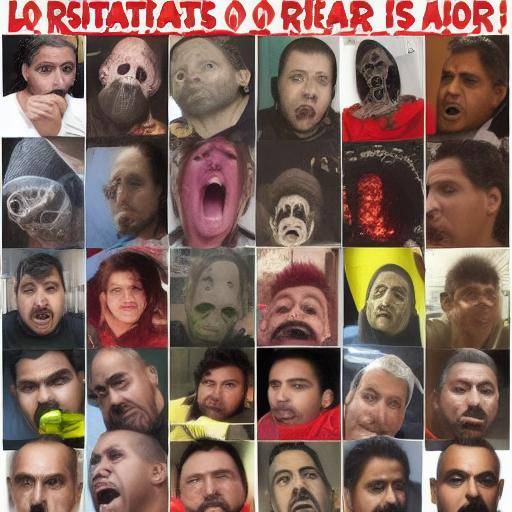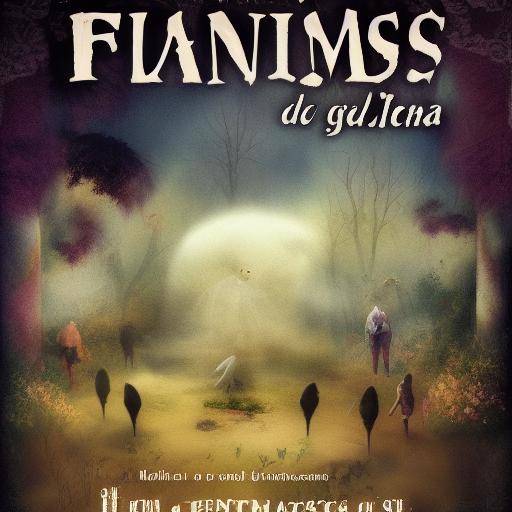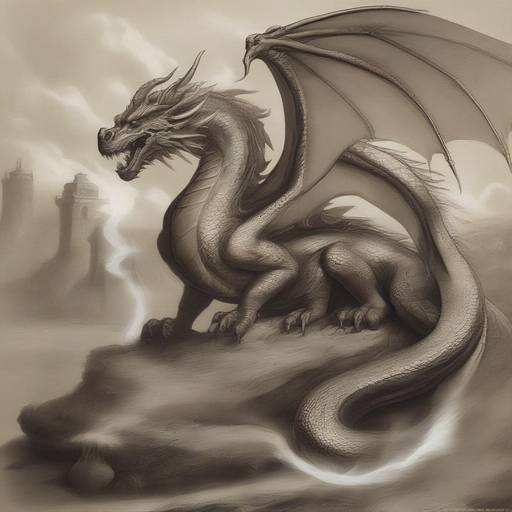
Introduction
Dragons have been part of countless mythologies and cultures throughout history. These mystical creatures have been the object of fascination and fear, attracting the attention of people of all ages. In this article, we will explore the stories and meanings of dragons in different cultures, as well as their connection with mythological beings and narratives that have endured over time. Dive into the rich tradition of dragons and discover their influence in popular culture, literature, art and much more. Get ready to explore a fascinating world full of mystery and wonder!
History and Origins
Dragons have existed in the mythologies of numerous cultures throughout history. From ancient China to medieval Europe, these creatures have played diverse but always fascinating roles. In China, dragons are seen as benevolent beings, symbols of power, good augury and fertility. On the other hand, in European mythology, they are portrayed as terrifying and destructive beings, associated with the figure of the hero who must defeat them to save his people.
In the context of mythological beings, dragons have been an inexhaustible source of inspiration for heroic and magical narratives. Their representations in the stories range from treasure guardians to malevolent creatures that threaten the peace of the kingdoms. However, the figure of the dragon has always been emblematic and has influenced the construction of cultural identities and ethical values in many societies.
Detailed Analysis
The evolution of the representation of dragons in the history of art and literature is fascinating. From ancient Chinese paintings to medieval epopeyas, the image of the dragon has been reinterpreted in different styles and contexts. Today, dragons are popular in pop culture, appearing in movies, video games, novels and more, as symbols of power, wisdom and often as allies of the main characters.
By analyzing the connection between dragons and narratives, it is clear that these creatures have been fundamental in the construction of fantastic worlds that have captivated audiences of all ages. The stories of dragons teach lessons of courage, sacrifice and redemption, transcending cultural and temporal barriers.
Exhaustive examination
The influence of dragons and mythological beings on popular culture is undeniable. From television series to cosplays in conventions, the presence of these mythical figures is constant and lasting. Contemporary narratives continue to use the dragon figure as a crucial element in developing exciting and emotional plots, their impact is evident in the audience's taste and preferences.
Comparatively, the stories of dragons, mythological beings and other fantastic creatures reveal similarities and differences that show the perceptive diversity of these traditions through time and space. These comparisons offer a broader picture of how narratives have evolved and interconnected, showing the wealth and complexity of these cultural creations.
Practical Tips and Recommendations
Would you like to give life to your own dragon stories? Here we offer you some practical tips to create fantastic and convincing worlds.
- Research global mythologies to inspire you in the creation of your own dragons.
- Be sure to examine the psychology of your characters and how they interact with dragons in your story.
- Develop a consistent and coherent magic system that enriches your narrative and the role of dragons in it.
Conclusions and FAQs
Conclusions
In short, dragons have been iconic figures in the mythologies of various cultures, as well as modern narratives. Perdurable subpresence and ability to evoke strong emotions make them fundamental elements in the world of fiction and imagination. Always timeless, these mythological beings will continue to captivate the generations to come, keeping alive their influence on popular culture and human creativity.
Frequently asked questions
1. What is the origin of the dragon figure in mythology?
The precise origin of the dragon is difficult to determine, as it appears in mythologies from around the world. However, his symbolism of power, wisdom and often of danger has resonated throughout history in different cultures.
2. What is the role of dragons in contemporary narratives?
In contemporary narratives, dragons are presented as magical creatures, allies or enemies of the main characters, often playing a crucial role in the development of the plot and the evolution of the protagonists.
3. How have dragons been represented in different cultures?
The representation of dragons varies widely according to culture, from benevolent and wise beings to malevolent and terrifying creatures, reflecting the different interpretations and meanings they have adopted over time and space.
4. What is the impact of dragons on popular culture?
Dragons have a significant impact on popular culture, appear in films, series, books and games, attracting audiences of all ages, and exerting a lasting influence on human creativity.
5. How can I create my own dragon story?
If you want to create your own dragon history, we recommend you to investigate global mythologies to inspire you, develop complex characters and enrich your world with a coherent magic system.
6. What lessons can we learn from dragon stories?
The stories of dragons convey lessons of courage, sacrifice and redemption, teaching timeless values that transcend cultural and temporal borders.
We hope that this article has inspired you to explore the fascinating world of dragons and their profound influence on cultures around the world!

